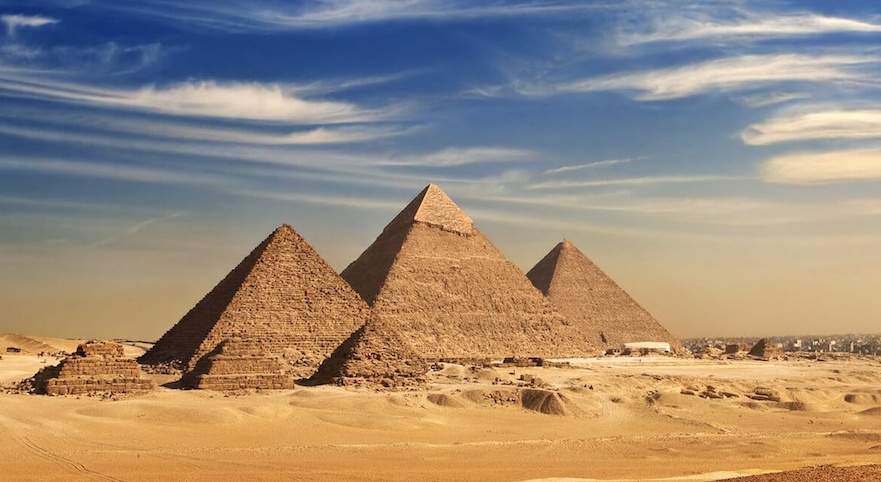Journey Through Time: Visiting the Pyramids of Giza, Egypt
Welcome to Egypt — Where History Breathes Through Stone
Egypt is a land where the ancient and the modern exist side by side. From the banks of the Nile River to the sprawling sands of the Sahara, Egypt is home to one of the world’s oldest civilizations. Its pharaohs, myths, and monumental architecture have captivated travelers for centuries.
At the heart of Egypt lies Cairo, the bustling capital and one of the largest cities in Africa and the Middle East. A melting pot of cultures, Cairo is a chaotic blend of ancient landmarks, Islamic architecture, vibrant markets, and modern urban life. Just southwest of the city lies Giza — home to the legendary Pyramids of Giza, Egypt’s most iconic treasure.
The Giza Pyramids: A Wonder of the Ancient World
The Giza Plateau is located about 20 km from downtown Cairo and is home to:
The Great Pyramid of Khufu (Cheops) – the largest and oldest of the three.
The Pyramid of Khafre – easily recognizable with some casing stones still near its apex.
The Pyramid of Menkaure – the smallest of the trio.
The Great Sphinx – a mythical creature with the body of a lion and the head of a king.
Constructed over 4,500 years ago during Egypt’s Old Kingdom, these pyramids served as elaborate tombs for pharaohs. The Great Pyramid, once covered in smooth white limestone, stood at 146 meters tall and was the tallest man-made structure in the world for over 3,800 years.
What to Expect During Your Visit
1. Entry and Tickets
You can buy tickets on-site or in advance. General admission grants access to the plateau. Separate tickets are required for entry into each pyramid or the Solar Boat Museum.
Opening Hours: Typically 8:00 AM to 4:00 PM (slightly longer in summer).
Best Time to Visit: Early morning to avoid crowds and midday heat.
2. Exploring the Pyramids
Visitors can walk around the pyramids, take guided tours, or even go inside select structures (usually Khufu and Menkaure). The interiors are narrow, steep, and warm, but provide an unforgettable experience.
3. The Great Sphinx
The Sphinx, carved from a single limestone ridge, is believed to represent Pharaoh Khafre. It stands watch just in front of his pyramid, guarding the secrets of ancient Egypt.
4. Camel and Horseback Rides
Available from local vendors around the plateau, camel rides are a classic experience—great for photos and for accessing more remote viewpoints of the site. Be prepared to haggle and agree on a price beforehand.
5. Sound and Light Show
Each evening, the pyramids come alive with a dramatic light and sound show that tells the story of ancient Egypt. It’s touristy but atmospheric, especially if you want to see the pyramids illuminated at night.
Travel Tips for Visiting the Pyramids
- Dress Modestly and Comfortably: Lightweight clothes, a hat, and sunglasses are essential.
Bring Water: It gets very hot, especially in summer months (May–September).
Cash is King: Many local vendors don’t accept cards.
Beware of Touts: Some unofficial guides may be persistent—decline politely or hire a certified Egyptologist guide for a richer experience.
Combine with Museum Visit: The Grand Egyptian Museum (GEM), partially open and expected to fully launch soon, is located nearby and will house many treasures from the pyramids.
Why the Pyramids Are Worth the Journey
The Pyramids of Giza are not just a bucket list destination—they’re a profound reminder of human ambition and spiritual devotion. Whether you’re a history buff, an adventurer, or a curious traveler, standing before these timeless structures will leave you in awe.
A trip to Egypt is incomplete without a stop in Giza. It’s more than sightseeing—it’s a walk through the very origins of civilization.





